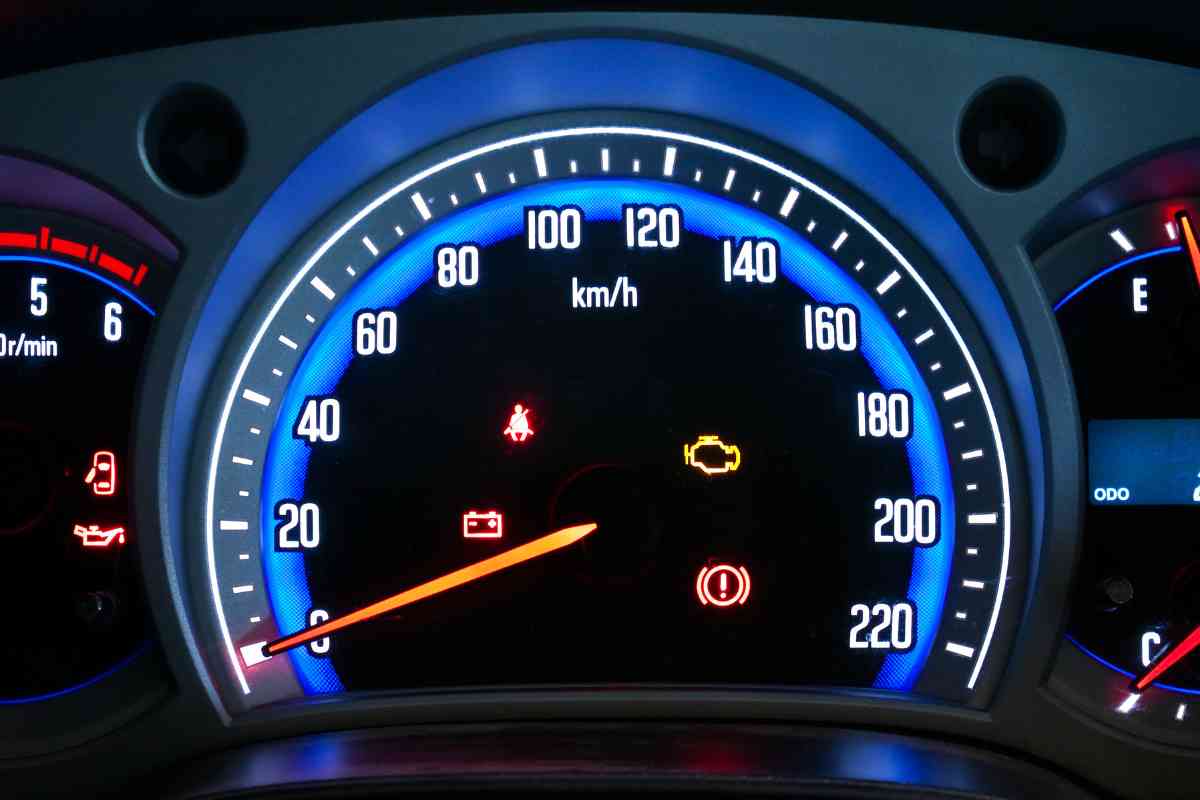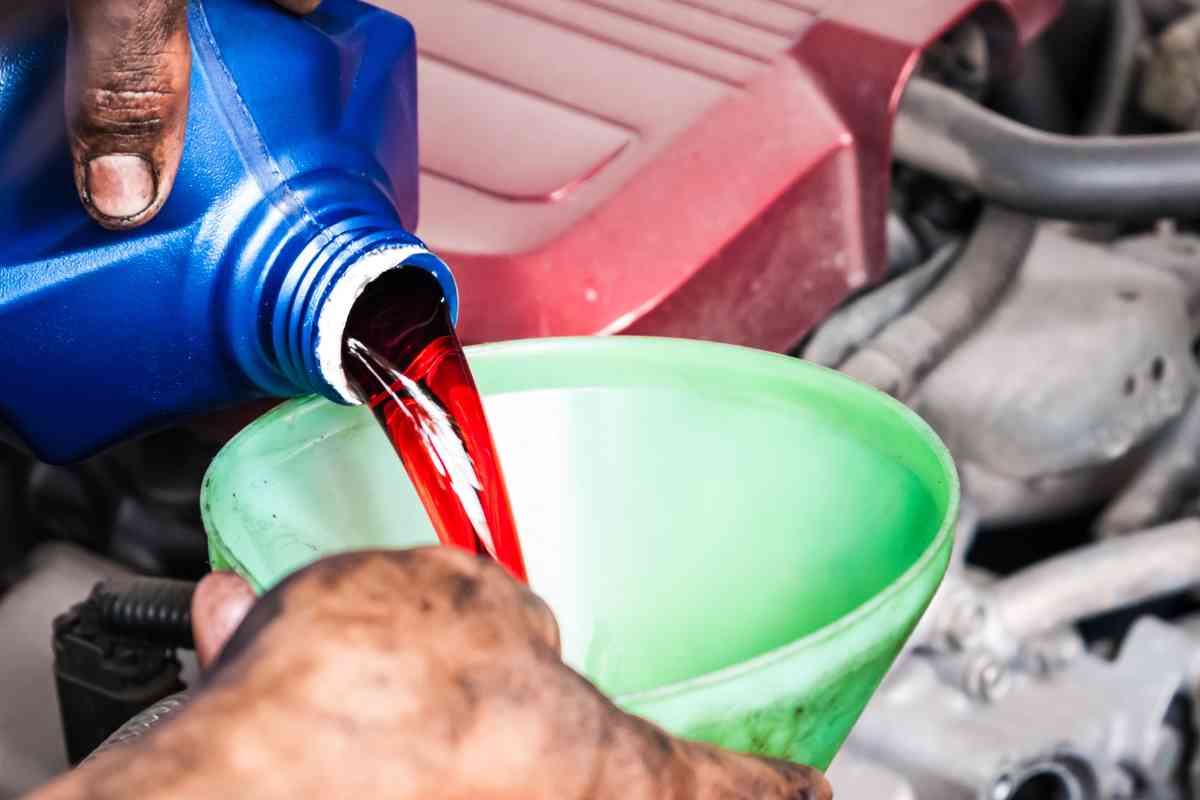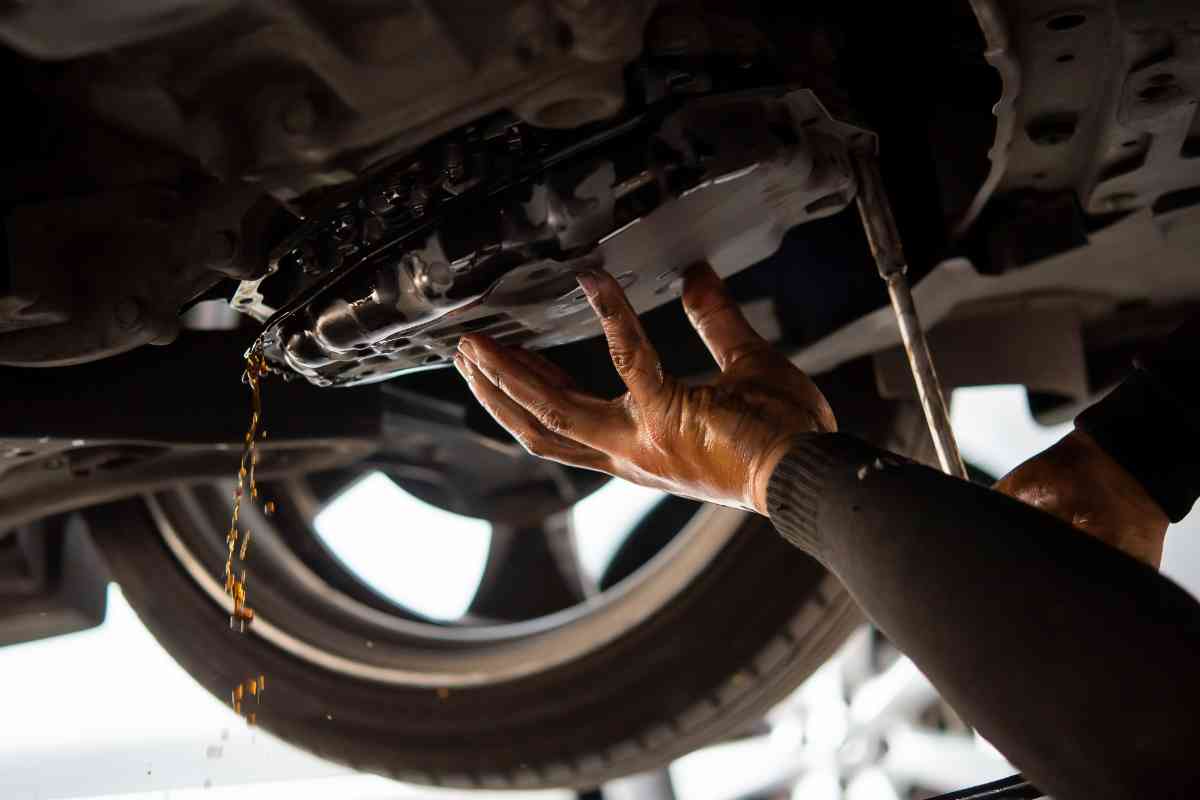Can Low Transmission Fluid Cause A Ford Truck’s O/D Light To Flash?
How can you tell if your Ford Truck is low on transmission fluid? Does low transmission fluid make the overdrive (O/D) light to flash?

Can low transmission fluid cause a Ford’s overdrive light to flash?
Yes, low transmission fluid does result in a flashing overdrive light. The overdrive is controlled by the solenoid. A decrease in the fluid’s volume hinders the activation of the solenoid, which results in a flashing O/D light.
We have been driving Ford trucks since long ago. In the early days, we had a hard time determining why the overdrive light flashed.
However, with time we realized it was due to low transmission fluid. In the following paragraphs, we will talk about the overdrive light and why it flashes.
What Is the Overdrive and How Does It Work?
The overdrive is an extra gear designed to minimize RPMs as you drive at higher speeds, which results in better fuel economy.
The gear automatically engages when you hit the maximum speed point, i.e., anywhere between 45 and 55 mph.
What’s more interesting is that it prevents engines wear while saving gasoline. It also offers a quieter operation while driving on the highway, thus resulting in a comfortable driving experience.

It disengages automatically as you drive uphill.
The good news is that the driver has the option to disengage their overdrive gear by depressing the overdrive gear option in their shift lever. However, the gear engages again the moment the driver lets go of the button.
Manually selecting the overdrive gear isn’t recommended, and it must only be done occasionally.
Manual selection of the overdrive gear can result in wear and tear in the transmission components.
Ideally, a driver can expect a 10% improvement in their fuel economy as they drive around their Ford with an engaged overdrive gear.
What Makes the Overdrive Light Flash?
When you drive around with low fluid, the solenoids start to malfunction. If you don’t know already, a solenoid is a component responsible for activating the gears in a car’s transmission system.
Furthermore, the overdrive light can also flash when other components malfunction. Low levels of fluid not only damage the solenoids, but other components like hydraulic pumps, planetary gears, and torque converters.
Moreover, driving your Ford with low transmission fluid affects the fuel economy and also increases the emissions.
If you see a flashing O/D light, have the car checked for low fluid, and have it refilled as quickly as possible.

How Much Transmission Fluid Does a Ford Need?
Every car has different needs, especially when it comes to the amount of transmission fluid needed. To determine the amount of transmission fluid needed by your Ford, it is best to consult the instruction manual that comes with it.
Once you are aware of the amount of fluid needed, you can use the dipstick to determine the optimum level.
If the fluid is low, keep pouring until it touches the crosshatch on the dipstick.
If you have already poured in the right amount of transmission fluid, the light must stop flashing. If it still flashes, get the transmission checked by a professional.
Should You Add Too Much Fluid?
We hear this question all the time. Sadly, the answer is not that simple. It is a fact that overfilling transmission fluid can result in slippery gears and leaky seals.
But it can also result in bigger problems like a failed transmission system.
What excessive fluid does is that it increases pressure. As a result, too much stress is exerted on the seals, thus making them break down.
Furthermore, extra pressure can result in gear slippage, which results in lost power and a loss in efficiency.
So, pouring in too much transmission fluid doesn’t ruin your car right away, it results in a series of small issues, which create bigger problems down the road.
What Makes the Overdrive Light Flash, Even with Full Transmission?

There are several reasons why an O/D light might flash, even when the fluid is full. For one, it is the pan filter in the transmission system which needs to be changed. It could also be due to a faulty solenoid.
In these cases, all the solenoids in the car need replacement until the O/D light stops flashing. It could also be due to a faulty wire connection.
Wiring issues occur mainly when the transmission is serviced without disconnecting the car’s battery. If there is a wiring problem, all the wires will have to be either repaired or replaced.
How Long Can You Drive While the O/D Light Flashes?
Driving with a flashing overdrive gear light isn’t the best idea. However, if you must drive with a flashing O/D light, don’t go beyond the 10-15 mile mark. Or you will end up damaging your transmission.
Furthermore, if you still choose to go on, try not to engage any additional features. These features include cruise control and air-conditioning. Also, try to drive in lower gear to put less stress on your transmission.
What Must You Do About A Flashing Overdrive Light?
As we have already discussed, low transmission fluid makes the O/D light flash. To avoid this issue, don’t skimp on your routine refills, and have the transmission fluid topped up when necessary.
Besides checking the fluid level, it is also important to check the color and smell of the fluid. With time, the fluid may become contaminated.
As a result, it turns brownish when it really should be pink. It also gives off a burning stench which is unbecoming of new transmission fluid.
Transmission fluid with debris can take a serious toll on your car’s transmission. To inspect the transmission fluid for quality and quantity, park your car on an even surface. Next up, and locate the dipstick.
In most cars, the dipstick is located close to the front of the engine bay towards the driver’s side. Now, pull out the stick and wipe it with a clean rag. Reinsert the dipstick and pull it back out again.
If the level is low on the dipstick, insert a funnel into the hole and pour some extra fluid to make it touch the optimum level on the dipstick.
Key Takeaways
- The job of the overdrive is to minimize the RPMs at high speed, thus improving your vehicle’s fuel economy.
- Low transmission fluid prevents the solenoids’ activation, resulting in a flashing overdrive light.
- The overdrive prevents engine wear, provides a peaceful and quiet highway drive, and saves a lot of gasoline.
- If the O/D light flashes even with a full tranny, it could be due to an expired tranny pan, a faulty solenoid, or damaged electrical connections.
- You can drive with a flashing O/D light, but don’t go beyond 15 miles, or it could result in a transmission failure.
